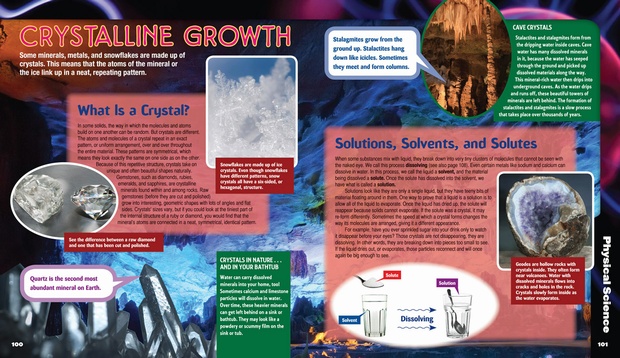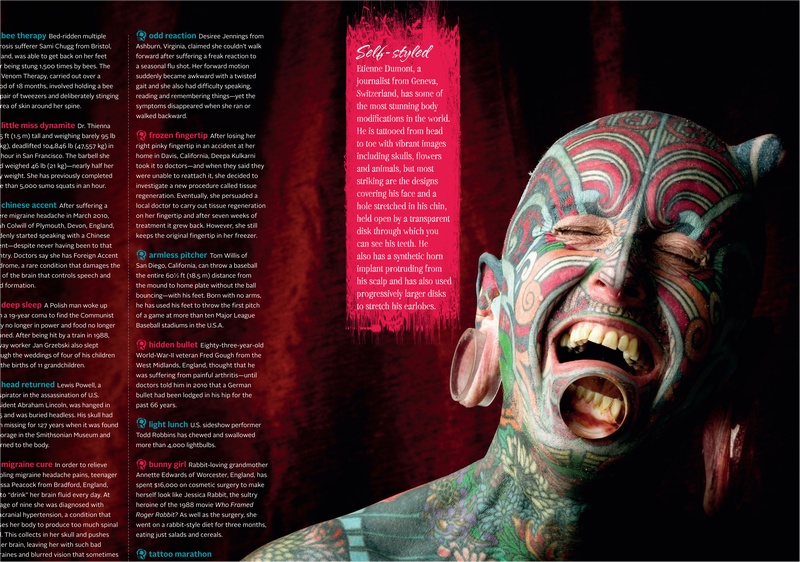Here are three nifty ideas that are science related for your consideration, in three age ranges. If you just like gadgets you can check out the Top Gadgets of 2011 instead.
For The Young
If you have a little experimentalist in the house, Time For Kids has the Big Book Of Science Experiments, with a hundred home projects you can do. Some will be pretty easy, like how water bends light and others slightly more involved. Sure, you can make a light bulb using a bottle with water and bleach but who wants a small child using bleach? These are all safe for most any age.
The book is also broken into categories so if you know your child likes engineering more than botany, you can skip right to it. It even has a nifty 'Family Tree' chart on the last page, after the index, with sections for eye color of your ancestors and whether or not they had dimples.

Teach the kids how to do laundry early on. Credit: Time
Some of the experiments are perhaps more textbook than fun; buying a genetically modified tomato and one that has not been modified and compared how they rot is kind of boring for a small one but the things like designing a better bridge experiment teach fun stuff and still have a 'wow' factor when a child 'gets' it. And what kid doesn't want to make a catapult from a spoon?
For The Teens And Up
For kids a little bit older, and adults who just like cool, weird stuff, Ripley's Believe It or Not! Strikingly True has the kind of bizarre facts that made them famous. Want to see a cow that looks like it had a stigmata? It's in there. A guy who walks barefoot on a highline 1,000 feet over Yosemite National Park? He's in there too.

I guess he didn't get this book for Christmas and that is why he is crying. Courtesy: Ripley Publishing
You don't even want to know what is in your carpet. If you've never seen Alpine ibexes who climb sheer walls - with their hooves - this is worth your $29.
For The Adults
Sure, a book on programming might seem like the geek equivalent of buying your spouse a new toaster but The Art of R Programming is dealing with a language so obscure to the mass public it adds instant credibility to anyone carrying it around. Most people are not familiar with S statistical language at all so if you are using R, the open source flavor, well by golly you are just edgy enough to be a hit at that all night seminar on Euclidean geometry.
Author Norman Matloff, Ph.D., Professor of Computer Science at U.C. Davis, makes it look easy for those scientists who need to make numerical models based on statistical analysis. If you're anything like me, you learned to program first by seeing an example and then taking it apart and figuring out what does what, doing something practical with it, and then learning the 'why' of the language as you go. That isn't the method of most programmers, of course, but most scientists are also not programmers.
Don't get me wrong; this is serious stuff for people who are already R programmers, but it has a lot of value for entry level folks too. Don't try to buy it on a Kindle or anything like that, this isn't a novel and you will want to flip back and forth a lot, so spend the extra 10 bucks and get the print version.




Comments